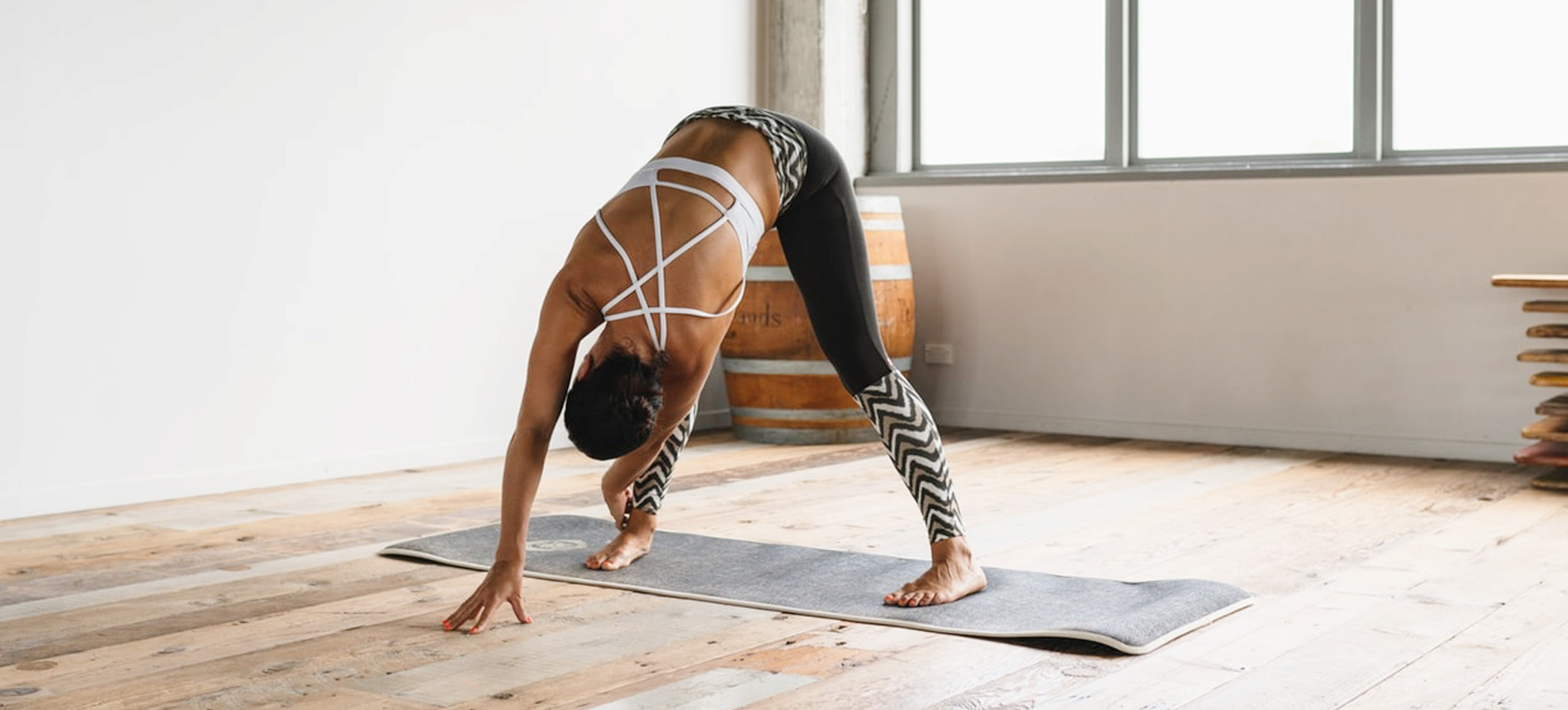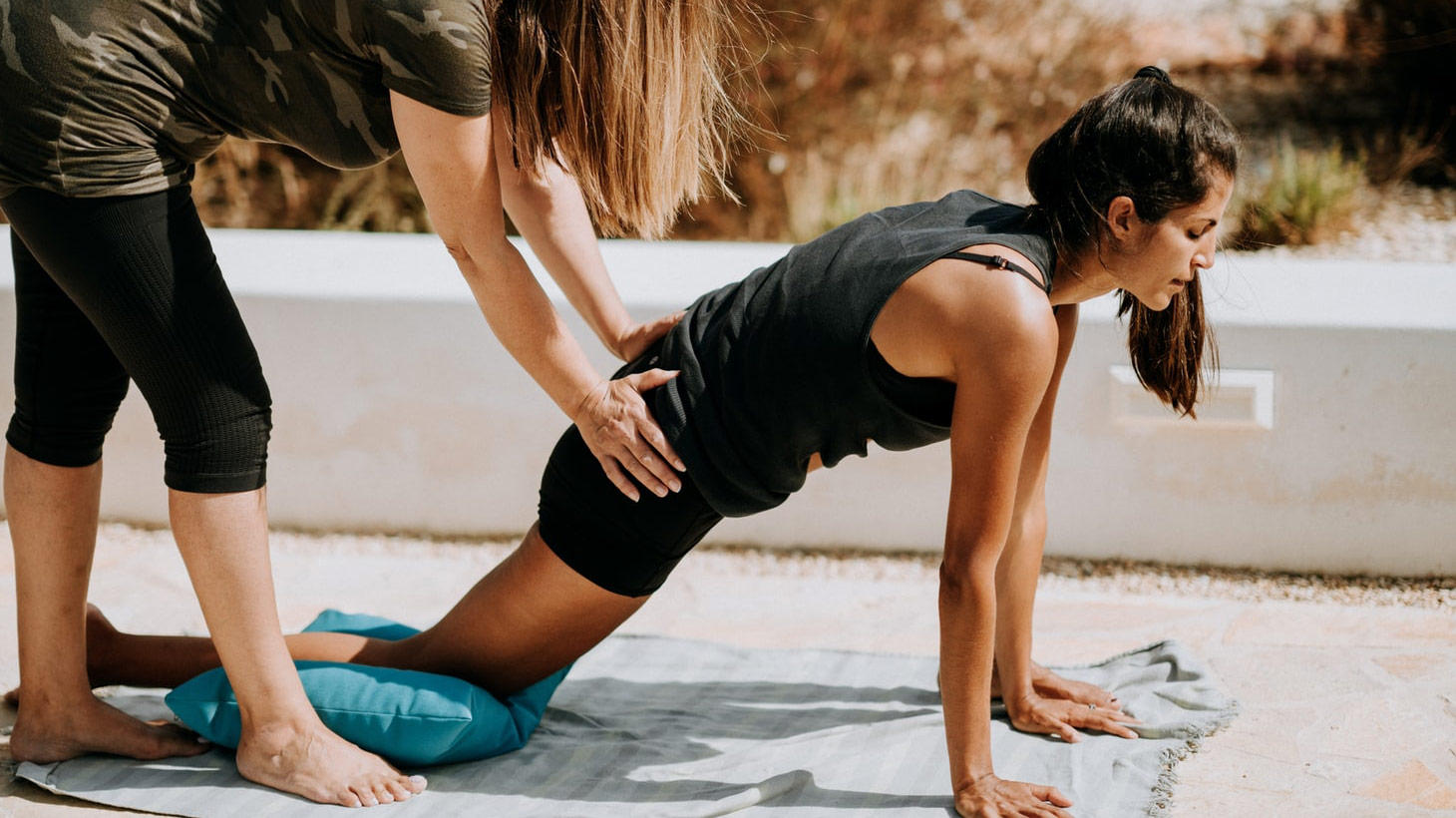
Why Anatomy Really Matters for Yoga Teachers
To set the scene: I’ve been teaching yoga for eight years and I don’t know enough about human anatomy and physiology to consider myself a really really good yoga teacher. In the first few years of teaching I sort of pretended to, while reading anatomy books on the underground on my way to teach classes to make sure the transitions I was planning wouldn’t compromise anyone’s joints.
It’s very possible that other people absorb information more easily than me, and learn this stuff quicker. But I do think it’s impossible to learn enough about the way the human body works in four to eight anatomy classes within a 200 hour — or even 500 hour — yoga teacher training course. And by ‘enough’, I mean enough to teach yoga to other people safely and, ideally, in a way that physically benefits them.
Good trainings usually highlight that; they remind students that their training is just a starting point for a lifetime of learning.
Looking around at the course contents of some of the top YTTs available in Europe right now, it seems that anatomy and physiology are a consistent weakness. This doesn’t mean those trainings are bad; it’s just that it isn’t realistic to expect that you can get a sufficient grounding in a course that a) isn’t that long, and b) is trying to cover a range of aspects of yoga under one roof. Good trainings usually highlight that; they remind students that their training is just a starting point for a lifetime of learning.
And then once you step out into the world as a newly trained teacher, and continue to step out as a more and more experienced teacher as time goes on, the responsibility is yours. And it is a responsibility. It’s important to choose to keep on expanding your knowledge of how bodies work, because…
- If you teach a physical practice, the people you teach trust you to know what you’re doing; to notice if they’re doing something that might hurt them; and to know how to help them strengthen and stretch their bodies in a way that improves their wellbeing
- Not all yoga postures are always good. Understanding how different postures and movement might have a different impact on different bodies is vital; and if you understand bodies, you can adapt traditional postures to be both safer and more beneficial to the people in your classes
- Researchers are always doing research, and best practices change all the time. As a movement professional, part of your job is staying up to date with the science that informs fitness and movement practices
But if a physical practice is part of what you teach, it’s really important to do it well.
Physical practice isn’t everything, and yoga is much more than that. But if a physical practice is part of what you teach, it’s really important to do it well. At the very least, to avoid hurting anyone; and at best, to help people feel stronger, more connected with their bodies, and help them work with their bodies in a way that balances and supports them.
If you’re like me and know you still have a lot to learn about anatomy and physiology, here are a few ways to keep learning.
Books!
Not everyone loves learning from books; but if you do, there are lots out there. Personally, I learn best in context — using anatomy books to find out more about specific challenges I’ve seen people dealing with in class, or to check and adapt my class plans. Leslie Kaminoff’s Yoga Anatomy is a great place to start. For more detail, add some non-yoga-specific books to your shelf; at the moment I’m into Ross and Wilson Anatomy and Physiology in Health and Illness.
Apps
There is an app for most things — including anatomy and physiology. There are lots of apps, actually, but the only one I’ve used so far is called iMuscle. With a 3D model showing three layers of muscle, you can rotate and zoom to see muscles in action. It’s particularly useful because you can apply different movements and exercises to see how they affect the muscles involved.
YouTube
I recommend AnatomyZone; it’s not the most exciting YouTube channel out there, but it’s full of very detailed but clearly explained videos covering different muscles and muscle groups, bones and joints, organs, and physiological functions.

Courses and further training
I’ve put this last on the list because I think part of the problem for yoga teachers is that further training costs lots of money, and lots of yoga teachers don’t earn very much money. But a good, dedicated course in yoga anatomy is well worth saving for.
Anatomy isn’t the most exciting part of yoga teacher training for most of us. But when you get into it, there’s so much to learn — and it comes to life when you start to see that your knowledge improves your teaching. You’ll be a more competent and confident teacher.






